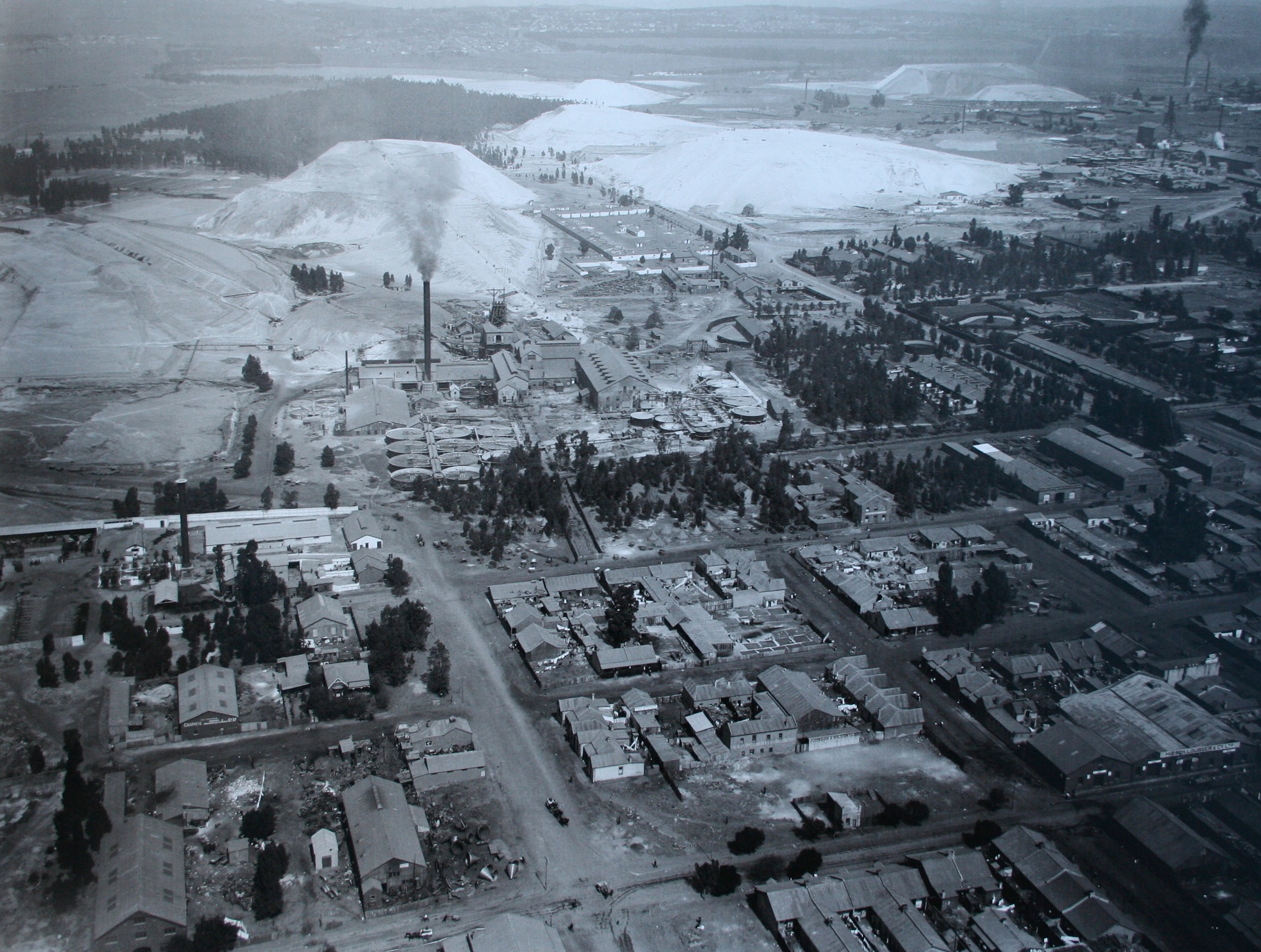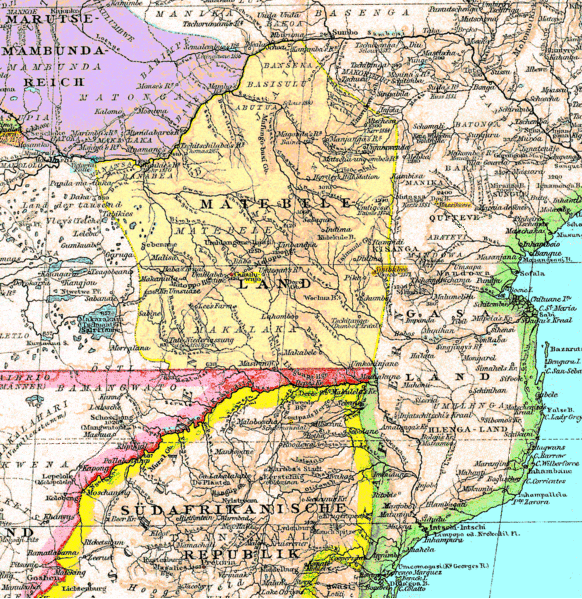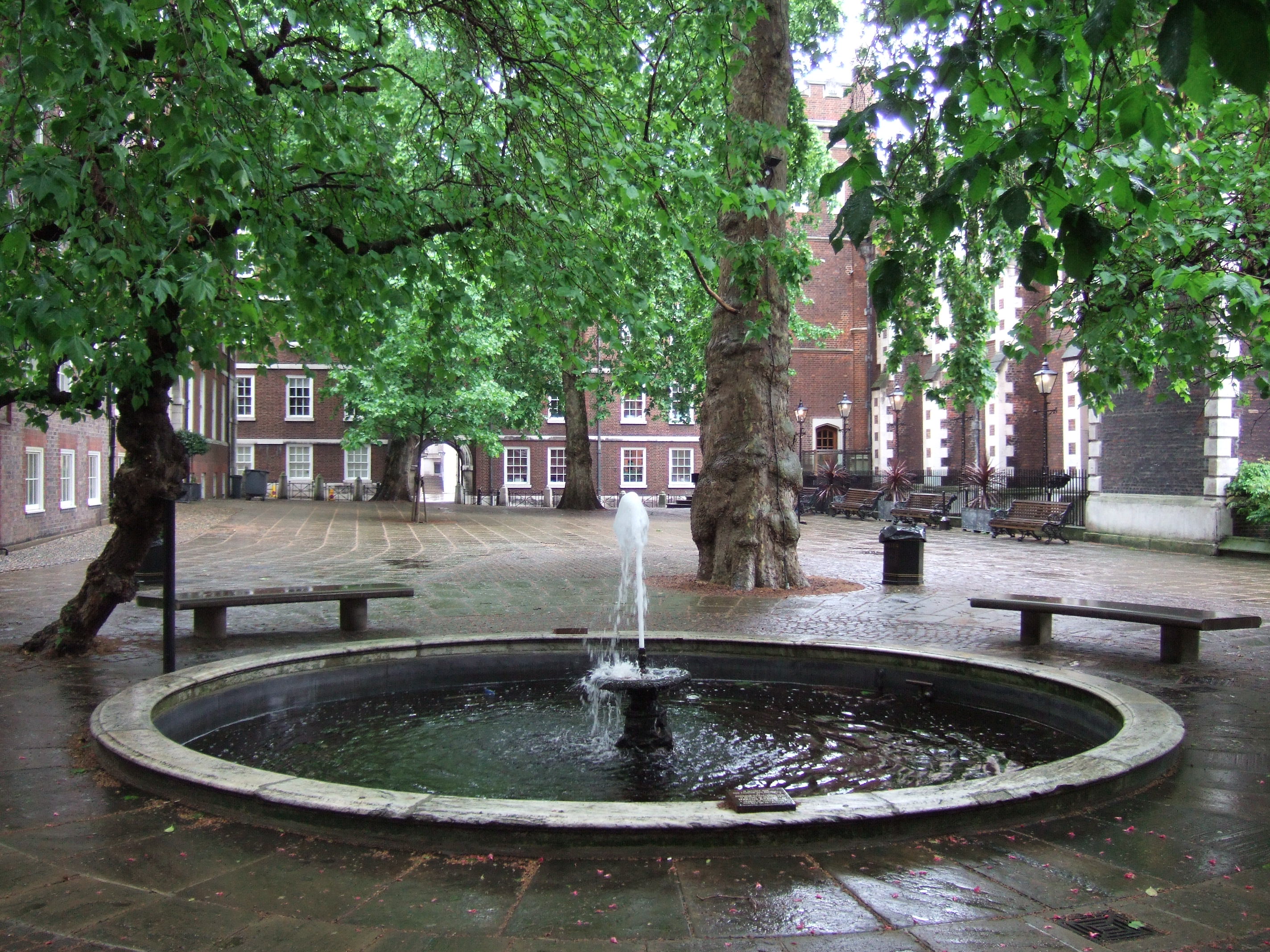|
Jacob De Villiers
Jacob Abraham Jeremy de Villiers (14 December 1868 – 16 September 1932) was a judge of the Appellate Division from 1920 to 1932 and Chief Justice of South Africa from 1929 to 1932. Early life and education De Villiers was born in Fauresmith, the son of Jacobus Johannes Luttig de Villiers, deputy sheriff at Fauresmith and his second wife, Johanna Lodewica Oberholzer. The family later moved to Winburg, where his father became the sheriff. De Villiers matriculated at Grey College in Bloemfontein, passing the Matriculation Examination in 1886 and winning two bursaries. He continued his studies at the Victoria College in Stellenbosch. De Villiers gained first place in the B.A. examination in 1889 and was awarded a William Porter Bursary. In 1890, he went to the Netherlands to study law at the University of Amsterdam, but in July that year decided to compete for a senior bursary in law at the University of London. He completed the examination in August 1891, in which he came f ... [...More Info...] [...Related Items...] OR: [Wikipedia] [Google] [Baidu] |
The Right Honourable
''The Right Honourable'' ( abbreviation: ''Rt Hon.'' or variations) is an honorific style traditionally applied to certain persons and collective bodies in the United Kingdom, the former British Empire and the Commonwealth of Nations. The term is predominantly used today as a style associated with the holding of certain senior public offices in the United Kingdom, Canada, New Zealand, and to a lesser extent, Australia. ''Right'' in this context is an adverb meaning 'very' or 'fully'. Grammatically, ''The Right Honourable'' is an adjectival phrase which gives information about a person. As such, it is not considered correct to apply it in direct address, nor to use it on its own as a title in place of a name; but rather it is used in the third person along with a name or noun to be modified. ''Right'' may be abbreviated to ''Rt'', and ''Honourable'' to ''Hon.'', or both. ''The'' is sometimes dropped in written abbreviated form, but is always pronounced. Countries with common or ... [...More Info...] [...Related Items...] OR: [Wikipedia] [Google] [Baidu] |
Chief Justice Of South Africa
The Chief Justice of South Africa is the most senior judge of the Constitutional Court of South Africa, Constitutional Court and head of the judiciary of South Africa, who exercises final authority over the functioning and management of all the courts. The position of Chief Justice was created upon the formation of the Union of South Africa in 1910, with the Chief Justice of the Cape Colony, Sir (John) Henry de Villiers (later created John de Villiers, 1st Baron de Villiers, The 1st Baron de Villiers), being appointed the first Chief Justice of the newly created Appellate Division of the Supreme Court of South Africa. Until 1961, the Chief Justice held a dormant commission as Officer Administering the Government, meaning that if the Governor-General of the Union of South Africa, Governor-General died or was incapacitated the Chief Justice would exercise the powers and duties of the Governor-General. This commission was invoked in 1943 under N.J. de Wet, and in 1959 and 1961 under ... [...More Info...] [...Related Items...] OR: [Wikipedia] [Google] [Baidu] |
Transvaal Colony
The Transvaal Colony () was the name used to refer to the Transvaal region during the period of direct British rule and military occupation between the end of the Second Boer War in 1902 when the South African Republic was dissolved, and the establishment of the Union of South Africa in 1910. The borders of the Transvaal Colony were larger than the defeated South African Republic (which had existed from 1856 to 1902). In 1910 the entire territory became the Transvaal Province of the Union of South Africa. History Both the Boer republics, the South African Republic (ZAR) and the Orange Free State were defeated in the Anglo-Boer War and surrendered to the UK. The peace treaty (Treaty of Vereeniging) contained the following terms: # That all burghers of the ZAR and Orange Free State lay down their arms and accept King Edward VII as their sovereign. # That all burghers outside the borders of the ZAR and Orange Free State, upon declaring their allegiance to the King, be transpo ... [...More Info...] [...Related Items...] OR: [Wikipedia] [Google] [Baidu] |
Bermuda
) , anthem = "God Save the King" , song_type = National song , song = " Hail to Bermuda" , image_map = , map_caption = , image_map2 = , mapsize2 = , map_caption2 = , subdivision_type = Sovereign state , subdivision_name = , established_title2 = English settlement , established_date2 = 1609 (officially becoming part of the Colony of Virginia in 1612) , official_languages = English , demonym = Bermudian , capital = Hamilton , coordinates = , largest_city = Hamilton , ethnic_groups = , ethnic_groups_year = 2016 , government_type = Parliamentary dependency under a constitutional monarchy , leader_title1 = Monarch , leader_name1 = Charles III , leader_title2 = Governor , leader_name2 = Rena Lalgie , leader_title3 = Premier , leader_name3 = Edward David Burt , legislature = Parliament , upper_house = Senate , lower_house = House of Assembly , area_km2 = 53.2 , area_sq_mi = 20.54 , area_rank = , percent_water = 27 , elevation_max_m = 79 , ... [...More Info...] [...Related Items...] OR: [Wikipedia] [Google] [Baidu] |
Prisoner-of-war Camp
A prisoner-of-war camp (often abbreviated as POW camp) is a site for the containment of enemy fighters captured by a belligerent power in time of war. There are significant differences among POW camps, internment camps, and military prisons. Purpose-built prisoner-of-war camps appeared at Norman Cross in England in 1797 during the French Revolutionary Wars and HM Prison Dartmoor, constructed during the Napoleonic Wars, and they have been in use in all the main conflicts of the last 200 years. The main camps are used for marines, sailors, soldiers, and more recently, airmen of an enemy power who have been captured by a belligerent power during or immediately after an armed conflict. Civilians, such as Merchant navy, merchant mariners and war correspondents, have also been imprisoned in some conflicts. With the adoption of the Geneva Convention on Prisoners of War (1929), Geneva Convention on the Prisoners of War in 1929, later superseded by the Third Geneva Convention, prisoner-o ... [...More Info...] [...Related Items...] OR: [Wikipedia] [Google] [Baidu] |
Battle Of Bothaville
The Battle of Bothaville (Doornkraal) on 6 November 1900 was a rare defeat of Christiaan de Wet's Boer commando at the hands of a force of British Mounted Infantry (MI). Battle De Wet was one of the most successful Boer commanders of the Second Boer War, disrupting British supply lines almost with impunity. On 6 November, De Wet camped at Bothaville on the Valsch River with 800 Orange Free State commandos. His party included the president of the Free State, Marthinus Steyn. De Wet was aware that Maj. Gen. Charles Knox's greatly superior British all-arms force was camped away and believed that his outposts would give him adequate warning of any enemy moves. What he did not know was that the men at his main outpost had fallen asleep.Pakenham, p 502 Shortly after dawn, right after De Wet received a reassuring report from a scout, Knox's 600-man advance guard, the 5th and 8th MI under Lieutenant-Colonel P. W. J. Le Gallais appeared only from the Boer camp. For once, De Wet wa ... [...More Info...] [...Related Items...] OR: [Wikipedia] [Google] [Baidu] |
Second Boer War
The Second Boer War ( af, Tweede Vryheidsoorlog, , 11 October 189931 May 1902), also known as the Boer War, the Anglo–Boer War, or the South African War, was a conflict fought between the British Empire and the two Boer Republics (the South African Republic and the Orange Free State) over the Empire's influence in Southern Africa from 1899 to 1902. Following the discovery of gold deposits in the Boer republics, there was a large influx of "foreigners", mostly British from the Cape Colony. They were not permitted to have a vote, and were regarded as "unwelcome visitors", invaders, and they protested to the British authorities in the Cape. Negotiations failed and, in the opening stages of the war, the Boers launched successful attacks against British outposts before being pushed back by imperial reinforcements. Though the British swiftly occupied the Boer republics, numerous Boers refused to accept defeat and engaged in guerrilla warfare. Eventually, British scorched eart ... [...More Info...] [...Related Items...] OR: [Wikipedia] [Google] [Baidu] |
State President Of The Orange Free State ...
This is a list of State Presidents of the Orange Free State. List Last election See also *State President of the South African Republic External links Archontology.org: Orange Free State: Heads of State: 1854–1902 {{DEFAULTSORT:State President Of The Orange Free State * Orange Free State The Orange Free State ( nl, Oranje Vrijstaat; af, Oranje-Vrystaat;) was an independent Boer sovereign republic under British suzerainty in Southern Africa during the second half of the 19th century, which ceased to exist after it was defeat ... [...More Info...] [...Related Items...] OR: [Wikipedia] [Google] [Baidu] |
Jameson Raid
The Jameson Raid (29 December 1895 – 2 January 1896) was a botched Raid (military), raid against the South African Republic (commonly known as the Transvaal) carried out by British colonial administrator Leander Starr Jameson, under the employment of Cecil Rhodes. It involved 500 British South Africa Company police launched from Rhodesia (region), Rhodesia over the New Year weekend of 1895–96. Paul Kruger, whom Rhodes had a great personal hatred towards, was president of the South African Republic at the time. The raid was intended to trigger an uprising by the primarily British expatriate workers (known as Uitlanders) in the South African Republic, Transvaal but failed to do so. The workers were called the Johannesburg conspirators. They were expected to recruit an army and prepare for an insurrection; however, the raid was ineffective, and no uprising took place. The results included embarrassment of the British government; the replacement of Cecil Rhodes as prime minister ... [...More Info...] [...Related Items...] OR: [Wikipedia] [Google] [Baidu] |
Bar (law)
In law, the bar is the legal profession as an institution. The term is a metonym for the line (or "bar") that separates the parts of a courtroom reserved for spectators and those reserved for participants in a trial such as lawyers. In the United Kingdom, the term "the Bar" refers only to the professional organisation for barristers (referred to in Scotland as advocates); the other type of UK lawyer, solicitors, have their own body, the Law Society. Correspondingly, being "called to the Bar" refers to admission to the profession of barristers, not solicitors. Courtroom division The origin of the term ''bar'' is from the barring furniture dividing a medieval European courtroom. In the US, Europe and many other countries referring to the law traditions of Europe, the area in front of the barrage is restricted to participants in the trial: the judge or judges, other court officials, the jury (if any), the lawyers for each party, the parties to the case, and witnesses givin ... [...More Info...] [...Related Items...] OR: [Wikipedia] [Google] [Baidu] |
Middle Temple
The Honourable Society of the Middle Temple, commonly known simply as Middle Temple, is one of the four Inns of Court exclusively entitled to call their members to the English Bar as barristers, the others being the Inner Temple, Gray's Inn and Lincoln's Inn. It is located in the wider Temple area of London, near the Royal Courts of Justice, and within the City of London. History During the 12th and early 13th centuries the law was taught, in the City of London, primarily by the clergy. But a papal bull in 1218 prohibited the clergy from practising in the secular courts (where the English common law system operated, as opposed to the Roman civil law favoured by the Church). As a result, law began to be practised and taught by laymen instead of by clerics. To protect their schools from competition, first Henry II and later Henry III issued proclamations prohibiting the teaching of the civil law within the City of London. The common law lawyers migrated to the hamlet of H ... [...More Info...] [...Related Items...] OR: [Wikipedia] [Google] [Baidu] |
University Of Amsterdam
The University of Amsterdam (abbreviated as UvA, nl, Universiteit van Amsterdam) is a public research university located in Amsterdam, Netherlands. The UvA is one of two large, publicly funded research universities in the city, the other being the Vrije Universiteit Amsterdam (VU). Established in 1632 by municipal authorities and later renamed for the city of Amsterdam, the University of Amsterdam is the third-oldest university in the Netherlands. It is one of the largest research universities in Europe with 31,186 students, 4,794 staff, 1,340 PhD students and an annual budget of €600 million. It is the largest university in the Netherlands by enrollment. The main campus is located in central Amsterdam, with a few faculties located in adjacent boroughs. The university is organised into seven faculties: Humanities, Social and Behavioural Sciences, Economics and Business, Science, Law, Medicine, Dentistry. The University of Amsterdam has produced six Nobel Laureates and fiv ... [...More Info...] [...Related Items...] OR: [Wikipedia] [Google] [Baidu] |
_(cropped).jpg)


.jpg)



